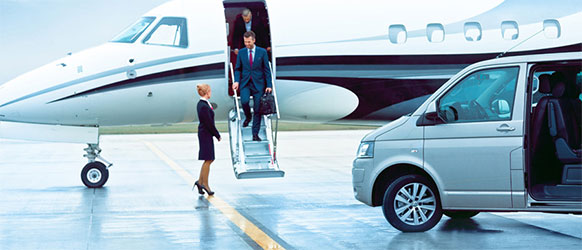How a Pilot evacuated from the cockpit in an extreme emergency..!

Could this pilot selfie be real?
07/03/2016
EMERGENCY A man opened a Boeing 737 security door just for air!
16/03/2016We always wonder how a pilot evacuates and manage the situation at extreme emergency. SoJetline Marvel has brought some information so probably will make your doubt get clear.
The captain must assess the situation and use good judgment to determine the safest course of action. In other words, the EVACUATION Non Normal Checklist (NNC) should be used in any situation where the Captain feels the potential for evacuation exists.
When to use ?
- The captain must then determine the best means of evacuation by carefully considering all factors. These include, but are not limited to:
- When there is a need to evacuate passengers and crew, the captain has to choose between commanding an emergency evacuation using the emergency escape slides or less urgent means such as deplaning using stairs, jetways, or other means.
- The crew identifies the problem but it may be difficult to assess the gravity of a situation. In some cases a confirmation of the emergency situation could be performed through the ATC, ground vehicles or cabin report. The Captain should then communicate with whomever he feels may be able to offer information which will aid in the evacuation decision, i.e., ATC, ground vehicles and cabin crew.
- In some cases the application of the appropriate NNC will solve the problem ensuring positively the safety. On Captain’s decision, if a condition potentially endangering life or physical well-being of passengers and crew exists, the passenger evacuation NNC may be performed without performing or completing another NNC. (i.e. confirmed fire).
- The takeoff, approach and landing stages of a flight are the most critical. However, an emergency evacuation may be called for even, when the aircraft is parked at the gate or taxiing.
- The urgency of the situation, including the possibility of significant injury or loss of life if a significant delay occurs
- The type of threat to the airplane, including structural damage, fire, reported bomb on board,etc.
- The possibility of fire spreading rapidly from spilled fuel or other flammable materials
- The extent of damage to the airplane
- The possibility of passenger injury during an emergency evacuation using the escape slides.
- Before initiating an Evacuation, the cockpit crew should evaluate the situation with 2 options : one is to consider the situation as “safe”, the other is to decide the immediate evacuation. Time spent evaluating the situation should be kept to a minimum to improve chances of survival if an evacuation is required. During the evaluation period, the crew monitors the exit door lights and announces an unexpected door opening. If a door opens unexpectedly, the Captain should immediately initiate the evacuation procedur
- If the situation is considered safe, the captain will decide not to evacuate. In this case, he/she will contact the CSS by the intercom advising him/her that the situation is normal. The captain will not taxi until the Flight Attendants verify all passengers are seated and all doors / exits are closed. He will normally make a brief PA reassuring customers and Flight Attendants that the situation is under control and inform them of his intentions.
- The time available to prepare an aircraft for an emergency landing or ditching, prior to an evacuation, can vary considerably. Whether the emergency is categorized as short notice time available or time available depends very much on the time factor If an evacuation is planned and time permits, a thorough briefing and preparation of the crew and passengers will increase the chances of a successful evacuation.

How it works ?
If the flight deck number two window must be used for emergency evacuation:
- Open the window
- Open the escape strap compartment (above and aft of window) –
- Pull on the escape strap to ensure it is securely attached
- Throw the strap out the window Sit on the window sill with upper body outside
- Exit in accordance with the following illustration.
The above illustrated method of departure would probably be the easiest for most crewmembers. However, this technique is difficult and should be used only in extreme emergency.






